Egyptian Obelisk in Paris Reveals Royal Secrets
French Egyptologist Jean-Guillaume Olette-Pelletier has decoded seven secret hieroglyphs on Paris’ 3,300-year-old Egyptian Obelisk, unveiling a propaganda tool used to immortalize Pharaoh Ramesses II’s divine legacy.
1. How Did a 3,300-Year-Old Egyptian Obelisk Land in the Heart of Paris?
In 1836, a 23-meter-tall red granite obelisk from Luxor Temple was relocated to Paris’ Place de la Concorde. Gifted by the Ottoman Empire, it was erected as a diplomatic token. Weighing over 250 tons, the structure predates modern cranes and embodies Ramesses II’s architectural glory. For years, the carvings were seen as decorative. However, recent findings in 2025 by Egyptologist Jean-Guillaume Olette-Pelletier reveal deeper meanings—an intricate language of divine legitimacy hidden in plain sight.
2. Why Are These Hidden Messages So Emotionally and Historically Important?
In May 2025, Dr. Olette-Pelletier announced his discovery of seven secret hieroglyphs placed at precise angles. These inscriptions glorify Ramesses II as chosen by the gods and a ruler of eternal life. Using a coding system called three-dimensional cryptography, each message changes based on the viewer’s perspective. This finding transforms the obelisk from an art relic to an ideological masterpiece. The messages were likely intended for the Egyptian elite viewing from boats during the Opet Festival.
QUICK FACT BOX
| Fact | Detail |
|---|---|
| Date of Discovery | 2021 (publicly announced May 2025) |
| Location | Place de la Concorde, Paris |
| Original Site | Luxor Temple, Egypt |
| Commissioned By | Pharaoh Ramesses II (1279–1213 BC) |
| Type of Hieroglyphs | Crypto-hieroglyphs (3D directional code) |
| Discovered By | Dr. Jean-Guillaume Olette-Pelletier |
| Height of Obelisk | 23 meters |
3. What Makes These Inscriptions a Groundbreaking Archaeological Discovery?
Unlike typical hieroglyphs, these inscriptions reveal layered meanings. One engraving reads Ramesses II’s throne name when viewed straight but shifts to proclaim his eternal life from another angle. A hidden offering table beneath the god Amun completes a sentence once thought incomplete. This supports the idea that obelisks were spiritual tools, not just markers. Dr. Olette-Pelletier’s research, soon to be peer-reviewed in Égypte Nilotique et Méditerranéenne, is backed by high-res imaging and geometry-based analysis.
4. Could This Change Our Understanding of Ancient Egyptian Power?
Yes—and profoundly. This obelisk shows that propaganda in ancient Egypt wasn’t just public—it was elite and encoded. Only select nobility, familiar with cryptographic codes and viewing angles, could access the divine messages. This is an emotional revelation: the obelisk was not meant for everyone. Instead, it performed a selective storytelling of divinity, loyalty, and legitimacy. It proves that rulers like Ramesses II maintained power through control over language, angle, and accessibility of sacred texts.
5. How Did the Discovery Happen After Centuries of Obscurity?
Scaffolding placed in 2021 for Olympic renovations gave Olette-Pelletier a rare opportunity to access the monument’s upper tiers. With academic clearance, he climbed to examine hieroglyphs normally invisible to tourists. As he circled the monument, he decoded patterns using 45-degree angles and directional reading logic. His insights remain unchallenged but are awaiting peer review. “This is propaganda carved in stone, seen only by those meant to see it,” he reflected during a press release.
6. What Do Experts Say About This Rediscovered Propaganda Tool?
“There is an offering where no element is missing,” says Dr. Olette-Pelletier, pointing to a hieroglyph under Amun. “It confirms a sacred offering from the king.” Egyptologists agree this is among the most exciting archaeological developments in recent years. While cautioning that peer review is pending, many see this as a bridge between visual art, theology, and statecraft. It aligns with Canon Étienne Drioton’s mid-20th-century studies of cryptographic glyphs, now rediscovered with modern precision.
What makes this story a must-read
This is more than a historical footnote—it’s a rediscovery of ancient statecraft, secret codes, and divine storytelling that still echo in modern cities. If ancient propaganda can survive 3,000 years, imagine what stories our modern monuments hold. Share this article and keep history alive—one stone at a time.
This research article is originally awaited to be published in Égypte Nilotique et Méditerranéenne.
Share this content:
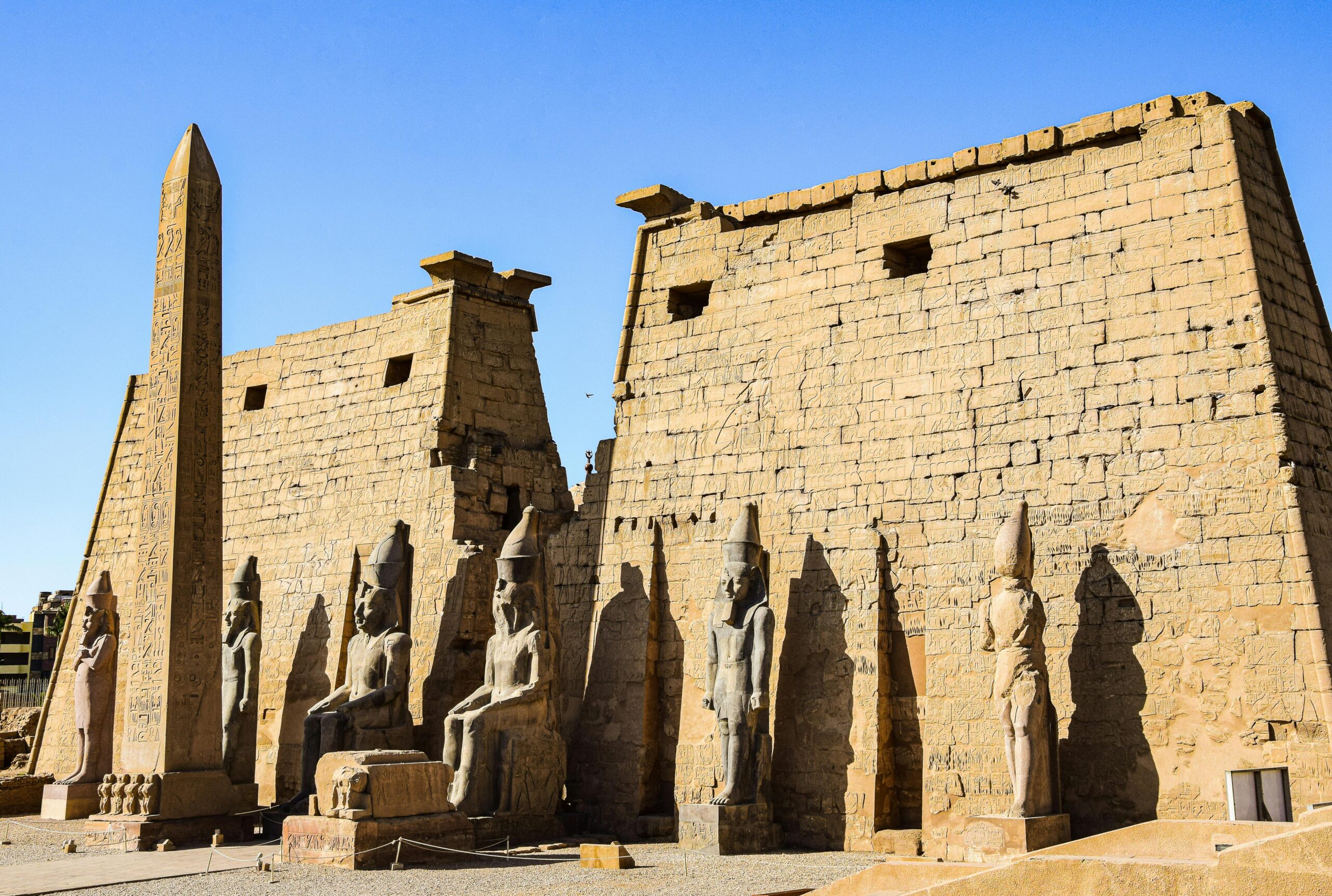
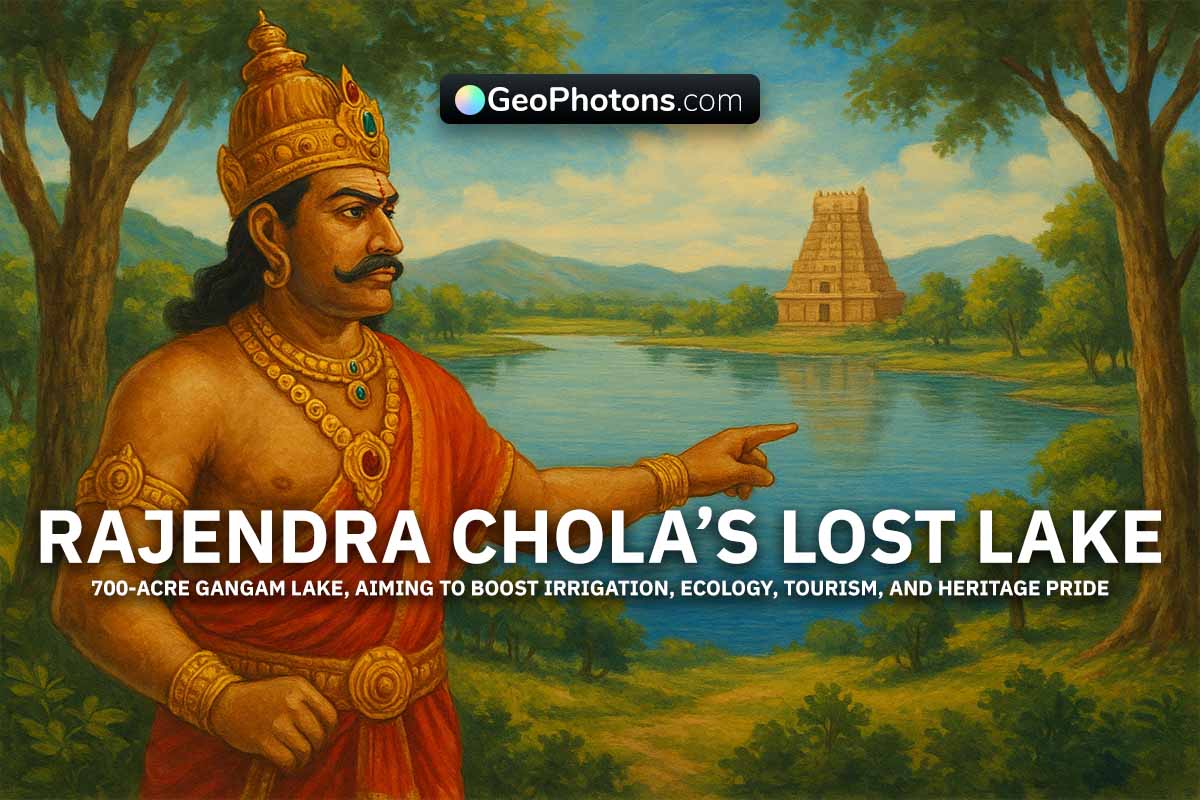
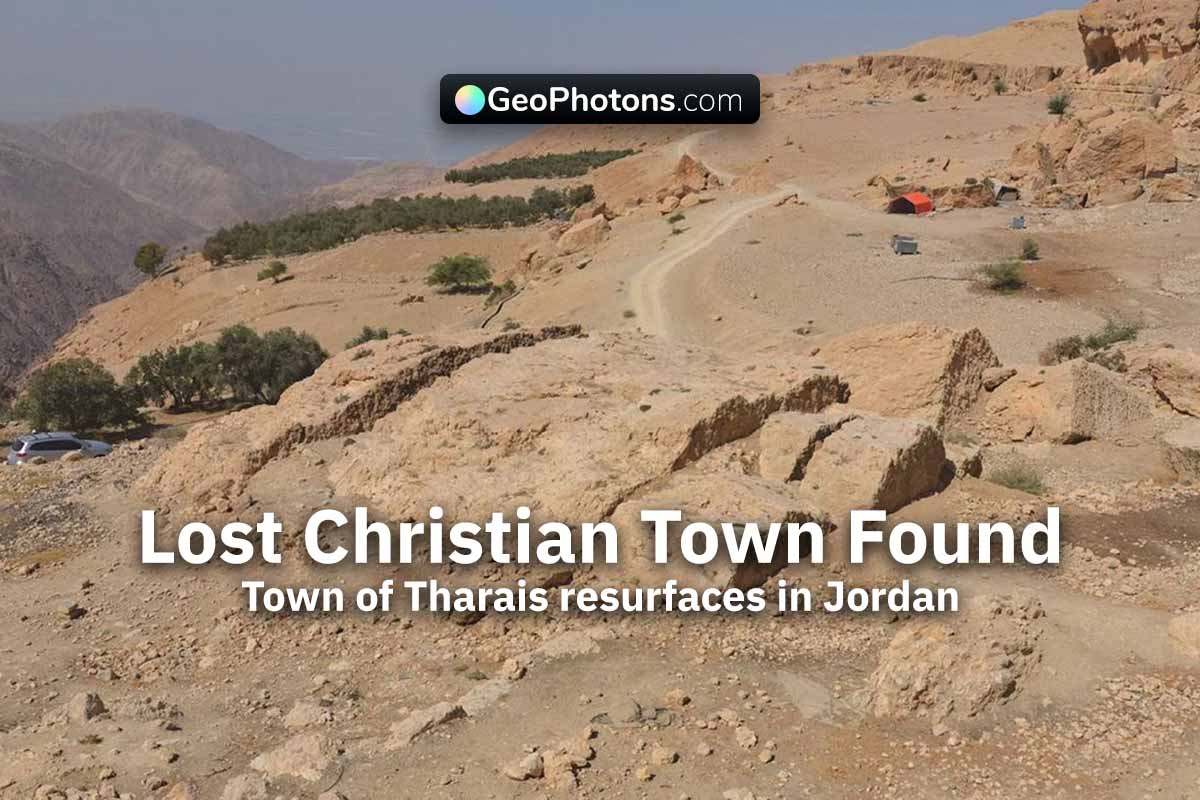
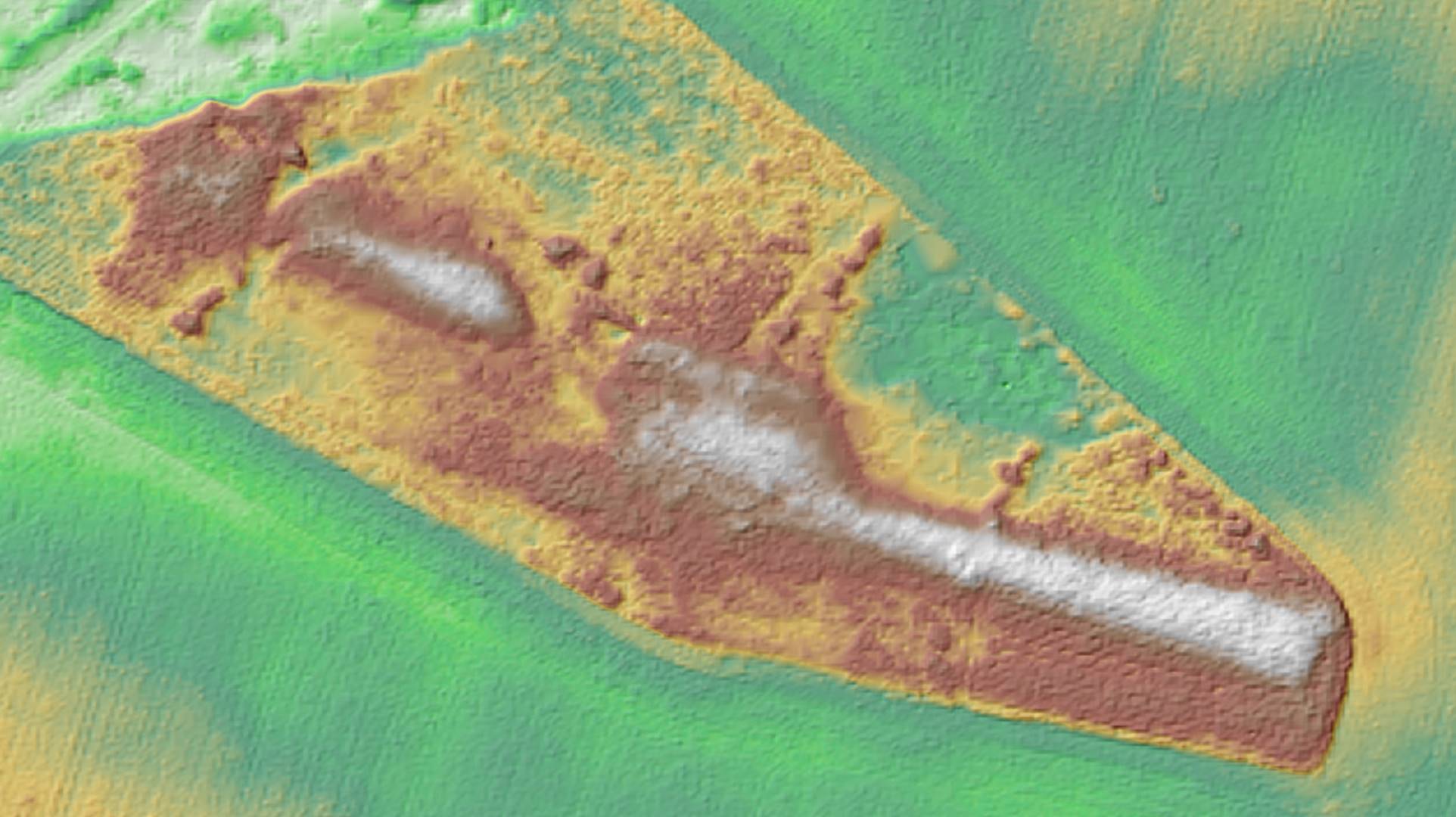






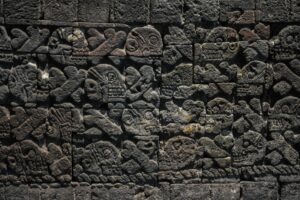



Post Comment